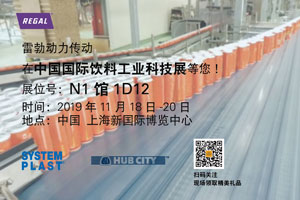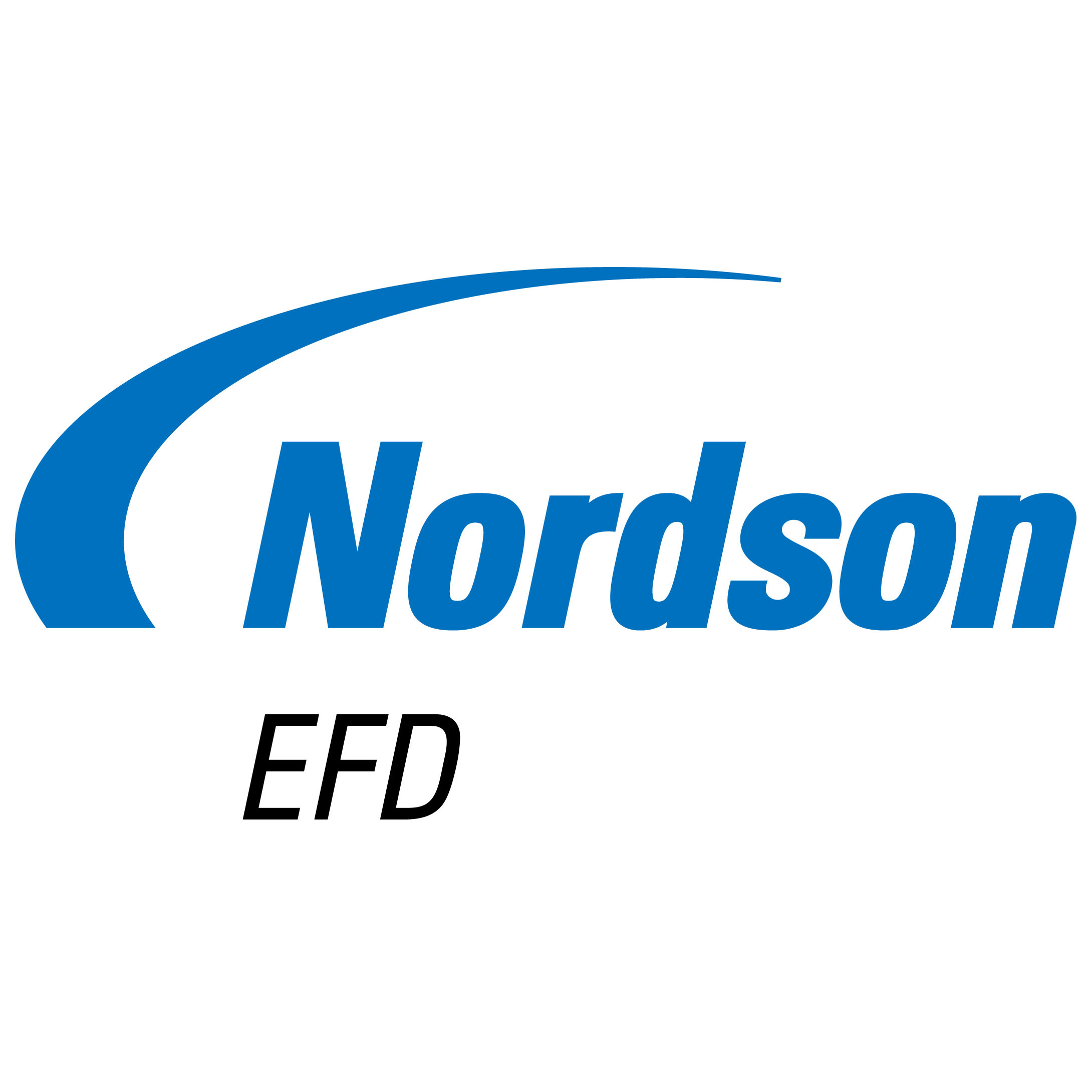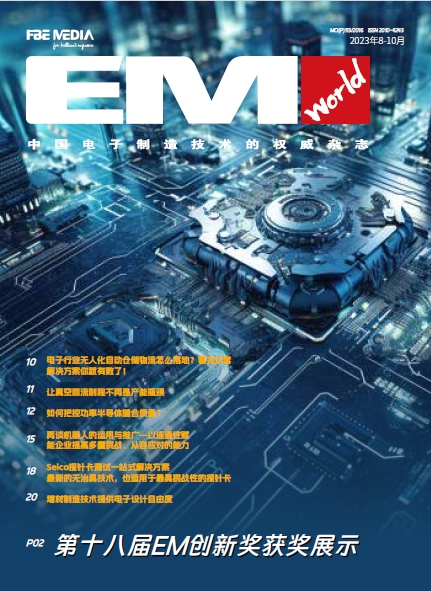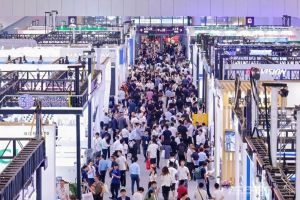In the 12 years Ive published and taught about design-for-environment, Ive wondered why all corporate executives dont recognize DfEs obvious benefits: more efficient and competitive products, lower manufacturing and operating costs, reduced supply-chain risks, and greater protection of people, communities, and planetary health.
So, last month when I heard that semiconductor-giant STMicroelectronics is progressing toward its 2015 goal to leverage eco-design and life cycle assessments in 100% of products, I interviewed Group VP of Corporate Sustainable Development Alain Denielle to ask about it. First, he explained why they did it: After 14-15 years of environment programs at ST, continuing this journey without tough, objective eco-design and LCAs would be green-washing. Then he revealed how.
Why Eco-Design and Life Cycle Assessments are So Important to ST
Denielle explains that ST and the global tech industry need to take care of their products various impacts on the environment. When an environmental program is mature, he says, its necessary to look at the environmental issues stemming from the products a company puts on the market. We had this in mind 10 years ago, when we released EcoPack products. Product responsibility is key for us; we are dedicating significant resources to this program, and want to lead this process.
Assessing our products environmental impacts is a never-ending journey, because of the need to assess a continuing stream of new technologies and new products. Whether conducting LCAs for food, cars, home appliances, or microcontrollers, says Denielle, a company needs to create its own tools and calculations from its own facilities through the complete supply chain, chemicals, and after-market products from cradle to grave. So, ST needed a process and tools to assess life-cycle impacts, and train RD engineers and designers in using them.
LCA is a process more than a singular tool for which you need a company decision and tool-box. Its my deep feeling that if you dont take on LCAs, after a certain number of years of experience and maturity in the environmental domain, its green-washing.
Herding Executives to Sustainability
If you have tried even once to convince corporate executives to adopt substantive sustainability programs beyond green-wash then read on.
ST began its environmental sustainability journey in the early 1990s, and by 1995 had already published an environmental report. Then, in 2010, Denielle led senior executives in a methodology to determine which priorities the company should emphasize to continue STs sustainability journey, and to set the order for the next steps. From a seminar lasting 5 days (spread over 3 sessions with homework in-between) upper management assessed numerous potential components of sustainability, then arrived at 22 priority issues with specific action plans for each.
Though before the seminar the executives knew that ST was doing good things environmentally and were proud of the sustainability reports and strategy, this materiality exercise provided a great opportunity to better align all axes of sustainability strategy at all levels of the company. The sign of maturity, contends Denielle, comes from an extended, exhaustive strategy.
The executives built the 22 priorities into 4 pillars people, environment, product, and community and set precise objectives for each of the 22. Its the product pillar that includes product stewardship, customer satisfaction, innovation management, and conflict-free minerals all key issues for STs stakeholders and where the 100% eco-design objective is placed.
Convincing Others to Support 100% Eco-Design
Three years ago, when setting the tough objective that by 2015 100% of new products would be eco-designed, Denielle recalls initial difficulty in convincing all internal stakeholders that success without LCAs would be impossible. But within 3 months of work toward that goal, it became clear to Denielle and his team that step one had to be making LCAs available for all of STs products.
So he proceeded to gain top managements commitment for dedicated LCA resources for his group, to support RD, design, manufacturing, and product groups. Then after gaining the CEOs commitment, Denielle and his group followed STs standard implementation process training people, coordinating, leading, and validating.
We are now in this process of implementing the Eco-Design and LCAs processes deeper, together as part of our Product Stewardship program, with a new set of trainings to the various communities in order to reach our ambitious 2015 target.
Differentiation from Other Semiconductor CompaniesLike ST, some other semiconductor companies have been addressing sustainability since the 1990s (in 1999 I investigated Lean and Green progress at Intel, Texas Instruments, and 3 other semiconductor companies). I asked Denielle what is different about STs approach. The [sustainability] journey is in place in all the companies, but we see differences in the maturity and number of years. Very few companies have such systems and strategies (including eco-design) as we have validated by top executives with commitment, devoted resources, and energy to deploy so many objectives year after year.
Its not by chance at ST, he says. It started with the vision established and continuously supported at the CEO level.
CEO Commitment
Before the interview, I noted that STs current CEO Carlo Bozotti signed the companys Sustainable Excellence and Sustainability Reports. I wanted to ask Denielle if he feels that a successful sustainability program is contingent upon having a CEO who is passionately committed to sustainability, compared to a CEO who will simply sign documents provided.
Signing is one thing; getting the full commitment and resources is another. If you are given the appropriate resources, it means something clear and strong. It was the case during STs previous CEOs tenure, and now is also true with Carlo Bozotti putting the resources and people in place to do this. With the 4 pillars comprising 22 objectives, Denielle feels strongly that STs sustainability vision is clear.
Your Choice
Do you agree that a 100% commitment to designing products based on Design for Environment (or Eco-Design) principles is mandatory for moving beyond green-wash? Or if not that prerequisite, then what?
By Pamela J. Gordon, President, Technology Forecasters







